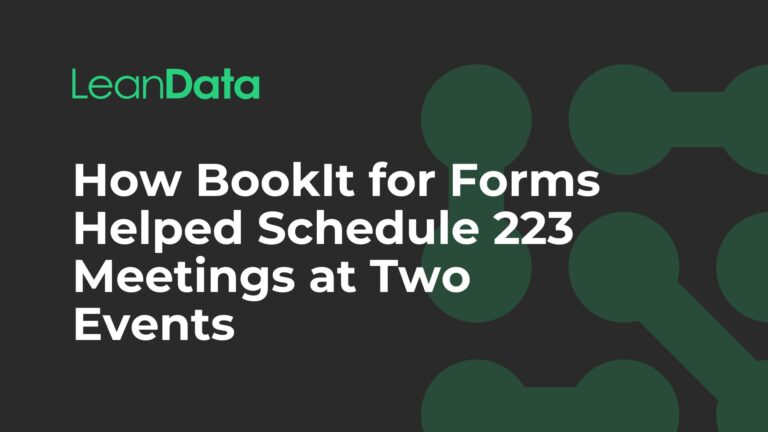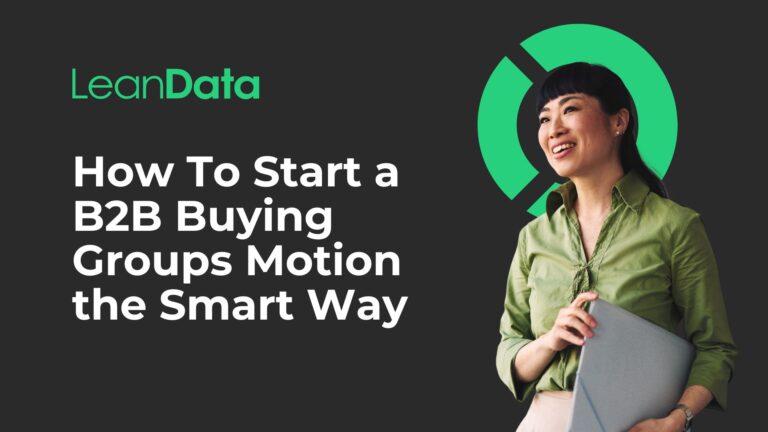The Intelligent GTM Orchestration Blog

Optimizing Your Go-to-Market Performance with Audit Logs
Think your lead routing is working perfectly? Think again. See how audit logs reveal the hidden issues stealing your revenue.
How BookIt for Forms Helped Schedule 223 Meetings at Two Events
Securing meetings at events is no big secret. There’s simply a better way and we’re going to show you how.
How To Start a B2B Buying Groups Motion the Smart Way
Most companies already have everything they need to start using a buying groups GTM motion. Learn the steps you need to connect the dots.
5 Reasons Ops Teams Upgrade from Salesforce Flows to LeanData
Discover how you can move beyond the limitations of native Salesforce tools to gain the agility and visibility your GTM teams need to succeed.
LeanData vs. Traction Complete: a Tool Comparison
Compare features, ROI, and integrations to choose the best lead routing solution for your GTM strategy.
OpsStars 2025 Recap: How AI is Redefining GTM
Discover how AI, buying groups, and signal orchestration took center stage at OpsStars 2025, revealing what’s next for Ops and GTM leaders.
Q&A with Amar Doshi: LeanData’s New Chief Product Officer
LeanData’s new Chief Product Officer, Amar Doshi, shares how he plans to advance AI innovation and customer-driven product growth.
AI, Data, & Orchestration Updates in LeanData’s October 2025 Release
Explore how LeanData’s October 2025 release connects AI, data, and orchestration to help Ops teams operate smarter and faster.
How GTM Orchestration Elevates Sales Engagement Workflows
Learn how GTM orchestration powers modern sales engagement workflows by connecting data, systems, and signals for a seamless buyer experience.
Modernizing Your GTM Stack for the AI-Driven Buyer Journey
B2B growth now depends on turning digital transformation into GTM transformation where data, teams, and systems move in sync with buyer signals.
Dreamforce 2025 Day 2 Recap: AI That Works With Humans
Dreamforce Day Two keynotes explored how Salesforce is bringing the Agentic Enterprise to life, showing what real human-AI collaboration looks like in action.
Dreamforce 2025 Day One Highlights: Rise of the Agentic Enterprise
Salesforce set the tone at Dreamforce 2025 with its vision of the Agentic Enterprise. Catch the highlights of Dreamforce Day One.


















